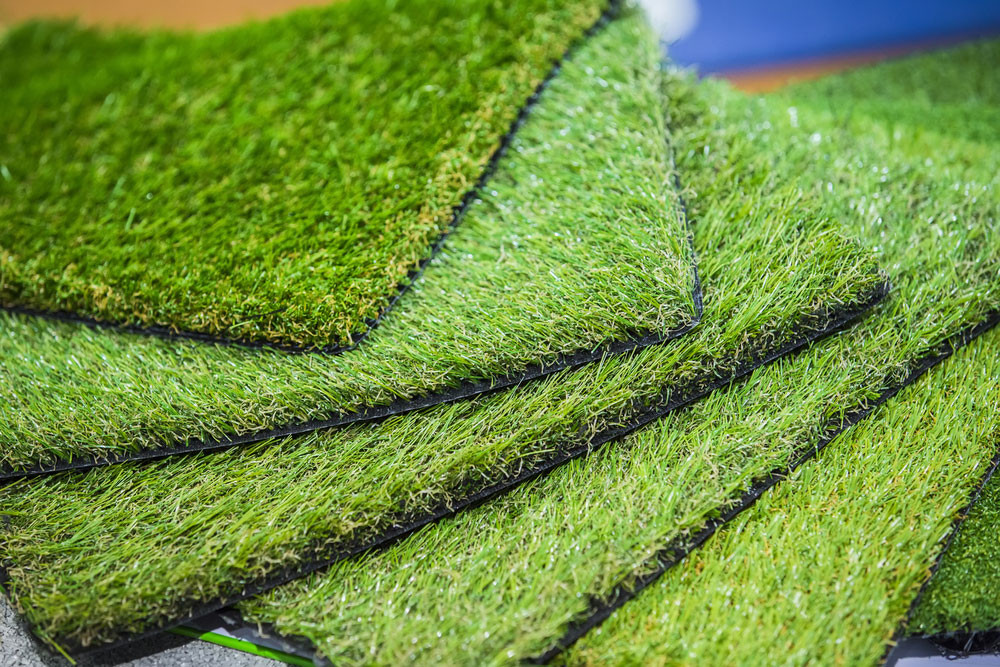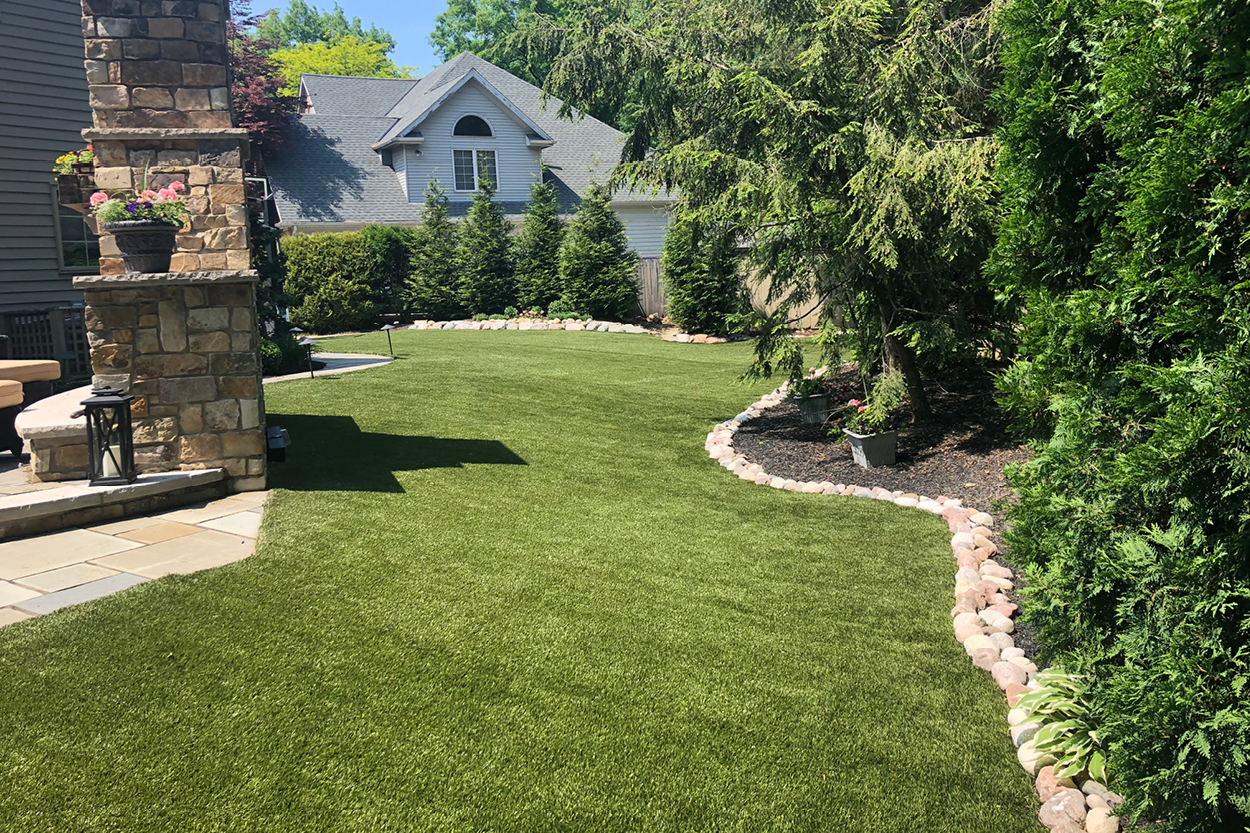Get the Best Turf Installation Phoenix AZ Solutions for Your Home or Commercial Property
Get the Best Turf Installation Phoenix AZ Solutions for Your Home or Commercial Property
Blog Article
Delve Into the Environmental Advantages of Opting for Synthetic Grass Solutions
The adoption of synthetic turf remedies provides a compelling possibility to resolve pushing environmental challenges. By considerably reducing water usage and minimizing the application of unsafe chemicals, these alternatives not only promote lasting landscaping but also shield regional ecosystems.
Water Conservation Benefits
One of the most considerable advantages of synthetic grass is its capacity to conserve water. Typical grass lawns require significant watering, especially in locations susceptible to dry spell or water limitations. On the other hand, man-made grass does not need watering, substantially reducing the overall demand for water resources. This attribute is especially beneficial in deserts where water shortage is a pushing problem.
By getting rid of the need for routine watering, artificial turf adds to lasting landscape methods and helps minimize the environmental influence of extreme water consumption. The conservation of water expands to the decrease of overflow, which can lead to dirt disintegration and waterway pollution.
Furthermore, the installment of synthetic grass enables municipalities and house owners to assign water resources more efficiently, focusing on vital usages such as alcohol consumption water and farming. The change in the direction of synthetic grass not just promotes responsible water usage but likewise straightens with wider ecological objectives aimed at protecting natural deposits.
As communities significantly focus on sustainability, the water conservation advantages of synthetic turf offer a compelling situation for its fostering in industrial and residential landscaping projects.
Reduced Chemical Usage
The shift to synthetic grass significantly lowers the dependence on chemical therapies frequently made use of in natural grass upkeep. Traditional lawn administration generally involves the application of herbicides, fertilizers, and pesticides to advertise growth and control insects. These chemicals can posture dangers to human health, neighborhood wildlife, and the setting, adding to dirt and water contamination.
On the other hand, fabricated turf eliminates the requirement for these hazardous substances. As soon as set up, it requires minimal maintenance, largely including normal cleaning and infrequent infill replenishment. This decrease in chemical usage not just benefits the instant environment however likewise adds to wider ecological stability. By reducing the release of synthetic substances into the environment, synthetic grass promotes healthier dirt and water supply.
In addition, the absence of chemical runoff related to man-made turf setups helps protect neighborhood waterways from pollution, sustaining water life and preserving biodiversity. Artificial turf companies phoenix. As areas increasingly focus on lasting methods, choosing artificial grass offers a viable remedy that lines up with environmental conservation goals. With this change, homeowner can appreciate rich eco-friendly areas without compromising ecological health, leading the way for a more lasting future
Reduced Carbon Footprint

In addition, the installment of fabricated lawn can lead to substantial water preservation. Natural grass need considerable amounts of water for watering, which not only contributes to the carbon footprint connected with water removal and therapy but likewise stress local water sources. In contrast, artificial turf needs marginal upkeep, calling for no watering, thereby dramatically minimizing water use and its connected energy prices.
In addition, the long life of synthetic grass adds to its decreased carbon effect. With a lifespan of approximately 15 years or more, the requirement for frequent substitutes is lessened, leading to less waste and reduced energy usage in manufacturing and throwing away conventional lawn alternatives. Generally, synthetic grass provides a sustainable alternative for environmentally aware landscaping.
Habitat Conservation
Habitat preservation is a vital consideration in the debate over landscaping choices, especially when comparing synthetic grass to all-natural turf. Natural yard yards usually need substantial maintenance, including making use of chemicals, herbicides, and fertilizers, which can detrimentally impact regional ecological communities. These chemicals can seep right into the dirt and waterways, damaging indigenous vegetation and animals and interfering with regional habitats.
Fabricated grass eliminates the demand for harmful chemicals, consequently protecting neighboring wild animals and keeping the stability of surrounding communities. The setup of man-made lawn can lead to the conversion of former turf areas right into even more biodiverse landscapes, such as pollinator gardens or native plant areas, which can support local wildlife.
Eventually, the transition to synthetic grass not just conserves water and minimizes maintenance initiatives however likewise promotes an extra harmonious connection in between human activities and the native environment, advertising environment conservation at the same time.
Long-Term Sustainability
Long-term sustainability is a look at more info vital variable in assessing the advantages of synthetic grass over traditional grass yards. One of the most visit site considerable benefits of man-made turf is its longevity; it can last as much as 15-20 years with marginal maintenance, whereas all-natural lawn requires frequent reseeding and replacement. This long life reduces the requirement for continuous resources, such as water, fertilizers, and pesticides, which are essential for preserving a healthy yard lawn.
In addition, synthetic grass adds to a decrease in carbon emissions related to yard treatment equipment. Conventional grass frequently call for gas-powered mowers, trimmers, and blowers, all of which add to air contamination. Phoenix turf companies. In contrast, synthetic grass eliminates the requirement for such devices, promoting a cleaner environment
Moreover, the manufacturing of fabricated turf significantly utilizes recycled materials, improving its sustainability account. As manufacturers embrace eco-friendly practices, the ecological impact of synthetic grass continues to lessen.

Final Thought
The fostering of synthetic grass services offers considerable environmental benefits, including significant water preservation, lowered reliance on dangerous chemicals, and a reduced carbon footprint. In addition, man-made lawn aids in protecting natural environments by reducing land disruption and advertising read review long-term sustainability with using sturdy products. Jointly, these aspects underscore the possibility of synthetic grass to add favorably to ecological health and provide a sensible alternative to standard landscape design methods in an increasingly resource-conscious globe.
In comparison, fabricated turf does not need watering, substantially lowering the total demand for water sources. By lessening the launch of synthetic compounds right into the ecosystem, synthetic lawn advertises much healthier soil and water systems.
Furthermore, the installment of artificial grass can result in significant water preservation. In comparison, fabricated lawn requires very little maintenance, requiring no watering, thereby dramatically minimizing water use and its associated energy costs.

Report this page